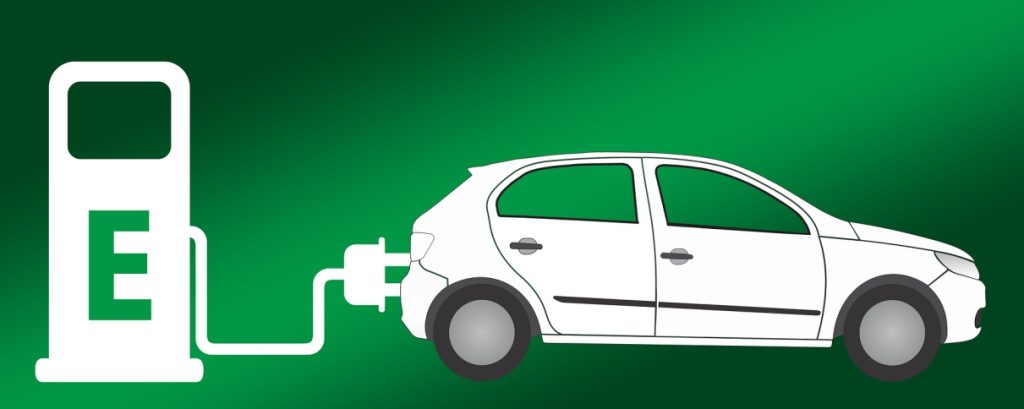Fast charging is becoming an industry trend, introducing five types of fast charging anode materials

With the advancement of power battery technology, the cruising range of new energy vehicles has been greatly improved, and the problem of battery life anxiety has gradually eased. In addition to battery life, charging anxiety is another problem that new energy vehicles need to face. The level of charging efficiency directly affects the car experience.
Shortening the charging time is one of the keys to enhancing the brand power and user experience of new energy vehicles. Some analysts believe that with the rapid increase in the penetration rate of new energy vehicles, the competition of car companies will become deeper and more diversified, and the advancement of fast charging technology and the improvement of energy replenishment efficiency have also become the next outlet of the new energy vehicle industry chain.
1. What is fast charging?
The charging of new energy vehicles is divided into AC slow charging and DC fast charging. In order to achieve “fast charging”, it is necessary to rely on DC fast charging. The indicator that determines the charging rate is the charging power. There is no clear regulation on high-power charging in the industry, which is a broad industry term. Generally speaking, charging power above 125kW is high-power.
Power battery fast charging is the use of high-power charging. The market-leading power battery packs can already support 2C charging rate (charging rate is a measure of charging speed, charging rate = charging current/battery rated capacity). Generally speaking, 1C charging can fully charge the battery system in 60 minutes, and 4C means that the battery can be fully charged in 15 minutes. The charge-discharge rate determines the rate of the lithium-deintercalation reaction of the battery cell, and it is also accompanied by different degrees of heat generation or lithium evolution. The higher the rate, the more serious the lithium evolution and heat generation.
2. The negative electrode is the decisive factor for fast charging batteries
Fast-charging batteries need to be changed and upgraded in battery materials to improve the fast-charging performance of the battery, which is similar to the barrel effect. The short board is the negative electrode, which is the determining factor for the battery charging rate.
The negative electrode has a stronger impact on fast charging than the positive electrode. Several studies have shown that the degradation of the cathode and the growth of the cathode CEI film have no effect on the fast charging of conventional Li-ion batteries. Factors affecting lithium deposition and deposition structure (lithium precipitation) include: ① the diffusion rate of lithium ions within the anode; ② the concentration gradient of the electrolyte at the anode interface; and ③ side reactions at the electrode/electrolyte interface.
3. What are the negative electrode materials for fast charging?
Graphite Material
Silicon Based Material
Hard Carbon Material
Lithium Titanate Material
Aluminum Base Material
The Shenzhen Institute of Advanced Technology, Chinese Academy of Sciences recently reported the latest achievements in aluminum-based composite anode materials. Aluminum foil is both a negative electrode and a current collector. Lithium ions move to the surface of the negative electrode of the aluminum foil, which can quickly form an aluminum-lithium alloy; during discharge, lithium ions can be easily extracted from the aluminum-lithium alloy, which has the inherent advantage of fast charging. According to reports, the battery product of this achievement can be fully charged in 20 minutes. If the composite aluminum foil is used as a fast charging negative electrode, it has great advantages in cost control, large-scale and stable preparation, etc.
With the rapid development of lithium battery technology, the energy density of batteries has been greatly improved, and the demand for shortening the charging time in the power battery market is also increasing. Fast charging technology has become an important trend in the development of lithium battery technology in recent years. With the continuous improvement of battery materials, fast charging may become a new competition in the field of new energy vehicles, and the application of fast charging technology will be more extensive in the future.
